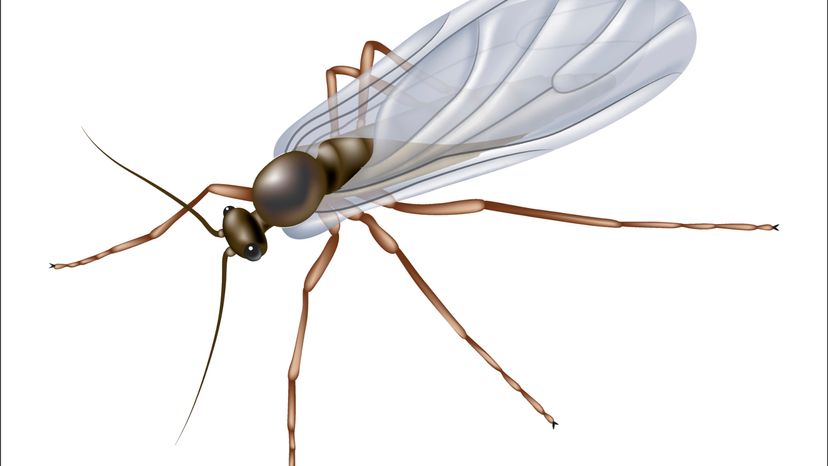They don't live long, but that doesn't stop a whole family of them from infesting your favorite potted plants and invading your personal space. From egg to adult, they only live an average of 3 to 4 weeks, most of which is spent in or on the soil surface [source: Planet Natural Research Center]. But, in their short life, adult gnats can lay as many as 300 eggs, which is why fungus gnat infestations can become so problematic.
The eggs hatch in as little as four days, though the larval stage is much longer. The larvae feed on and live in moist soil for roughly 12 days before graduating to the pupal stage, which lasts another for to six days [source: Hernandez]. Adult fungus gnats grow to be as big as a quarter of an inch, and spend around eight days flying around the houseplant the birthed them laying eggs.
